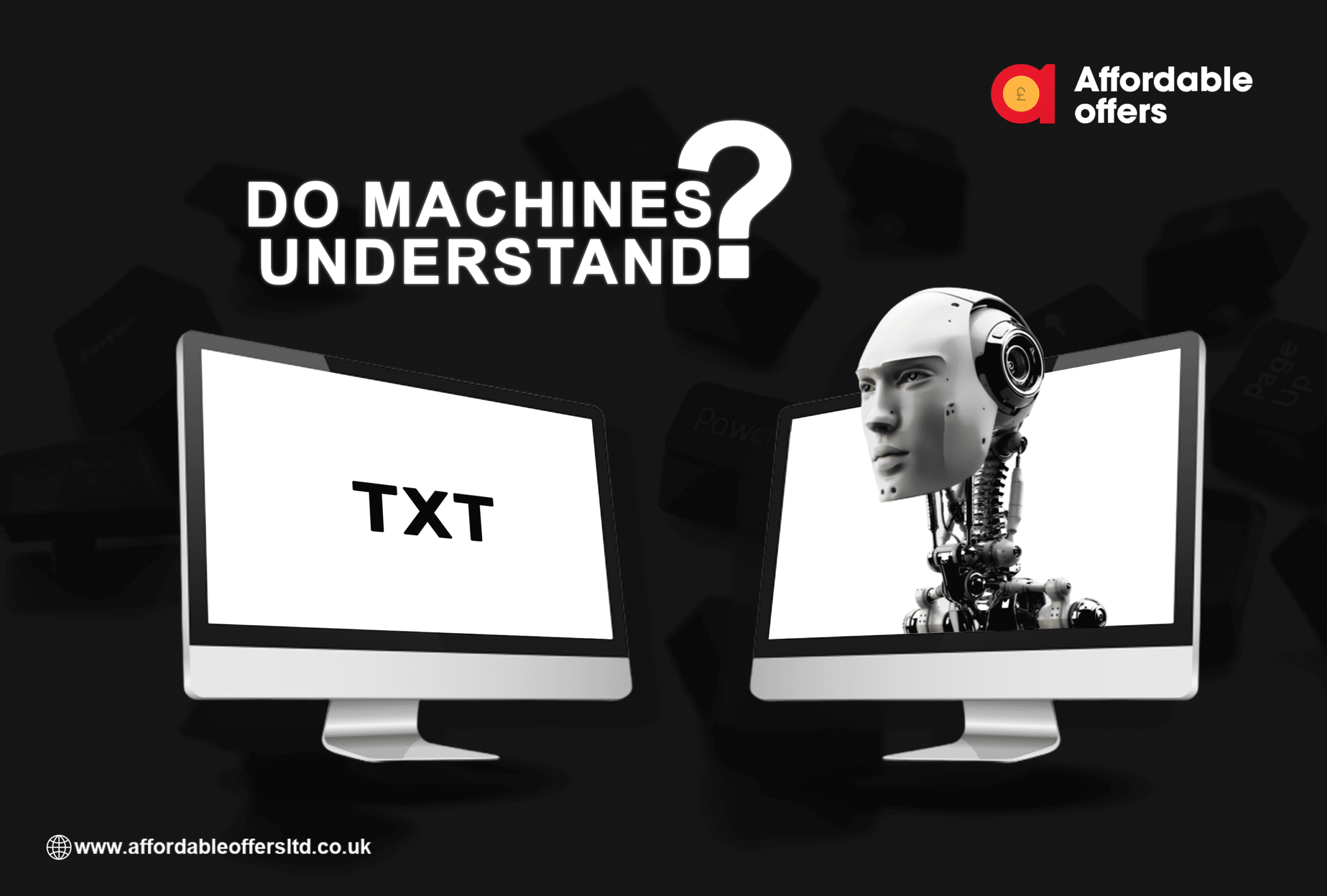
In recent years, machine translation has become extremely popular in the UK. But the exact concept is not yet fully understood, so we will dig deeper to better understand how machine translation works and why people are choosing to use it more often.
At its core, machine translation (MT) is a type of technology that uses artificial intelligence (AI) to automatically translate text from a language into another. This can be done either by using a human-created machine learning algorithm or by using an existing natural language processing (NLP) system. The former approach often produces the most accurate results but requires a massive amount of training data in order to do so; while the latter approach offers much faster processes but it may not be accurate when fully depending on the texts that are being translated.
There are several reasons why machine translation has become so popular in the last couple of years. First and foremost, MT Saves Time; especially when dealing with large amounts of text that have to be manually translated by a human being. Furthermore, MT also helps Reduce Costs for businesses who heavily rely on translations for their operations; relying on an AI rather than an entire team of human translators means less financial outlay on salaries; allowing companies to focus their resources elsewhere. Finally, MT can help Bridge The Gap between different types of cultures; providing access to translated material quickly and accurately which could be only accessed through specialized human translators or interpreters; making it invaluable for those wishing to learn about other languages and cultures without needing extensive knowledge themselves.
Despite such powerful man-made technology, there are also some drawbacks associated with using MT, as previously mentioned, Accuracy Issues come on top; while certain algorithms do produce very high quality translations they still require serious amounts of training data. Occasionally, it can produce false results and errors due to misinterpreting certain words or sentences. Additionally, MT can Miss Out on contextual subtleties found within certain languages which can lead to misunderstandings when communicating with foreign customers.
There are both benefits and drawbacks associated with using machine translation (MT); however if properly used, then it can provide massive value in terms of saving time, as well as helping bridge cultural divides between different countries around the world. If you’re looking for top-quality translations then you will still need a real linguistic source because traditional human translators may notice more easily due to their greater knowledge of both source and target languages, but if speed and price are your main concern then you should definitely consider giving MT a try!
